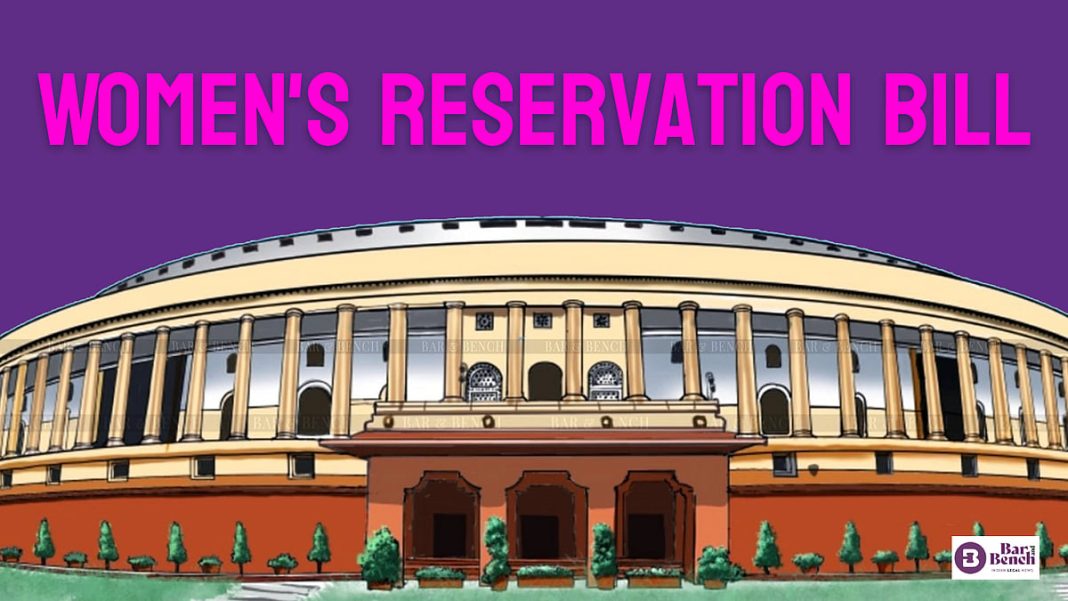India, the world’s largest democracy, often grapples with questions of representation and inclusion. In a significant development that has reignited the national debate on gender equality in politics, the Supreme Court of India recently made a profound observation, stating that women constitute the “largest minority” in the country. This stark declaration came as the apex court sought a detailed response from the Centre regarding the implementation of a long-pending women’s reservation in Parliament and state assemblies.
The Supreme Court’s Call for Action on Representation
The observation by a bench comprising Chief Justice of India D.Y. Chandrachud, Justice P.S. Narasimha, and Justice J.B. Pardiwala emerged during the hearing of a Public Interest Litigation (PIL) filed by the National Federation of Indian Women (NFIW). The petition highlighted the abysmal representation of women in legislative bodies despite their substantial demographic presence and critical contributions to society. The court’s unequivocal statement, describing women as the “largest minority,” underscores a deep-seated structural imbalance within India’s political framework.
The bench questioned the Union government on its concrete steps and a specific timeline for implementing the 33% reservation for women in Parliament and state legislative assemblies. This direct judicial intervention brings a renewed sense of urgency to a legislative proposal that has languished for decades. Currently, women’s representation in the Lok Sabha hovers around 15%, and in state assemblies, it is often much lower, starkly contrasting with their nearly 50% share of the electorate. This disparity points to a systemic exclusion that the Supreme Court’s directive aims to address.
The Decades-Old Demand: The Women’s Reservation Bill
The concept of reserving seats for women in legislative bodies is not new to India. The Constitution (108th Amendment) Bill, commonly known as the Women’s Reservation Bill, was first introduced in Parliament in 1996. It proposed amending the Constitution to reserve one-third (33%) of all seats in the Lok Sabha and state legislative assemblies for women. Furthermore, it included a provision for a sub-quota for women belonging to Scheduled Castes (SC) and Scheduled Tribes (ST) within this reserved quota, along with a rotational mechanism for reserved constituencies after each general election.
Despite being passed by the Rajya Sabha in 2010 amidst considerable political drama, the Bill never saw the light of day in the Lok Sabha, primarily due to a lack of consensus among political parties. Objections often centered around the demand for a separate sub-quota for Other Backward Classes (OBC) women, and concerns that such a reservation might lead to “proxy” candidates. However, proponents argue that electoral reservations are crucial for ensuring women’s equitable participation and bringing diverse perspectives to policymaking. As Dr. Priya Sharma, a prominent political scientist, notes, “True democracy isn’t just about universal suffrage; it’s about equitable representation at the decision-making table. The persistent underrepresentation of women is a glaring omission that impacts governance and perpetuates systemic gender inequalities.”
Successive governments have acknowledged the importance of the Bill, but none have managed to navigate the complex political landscape to ensure its passage. The recent Supreme Court intervention, however, adds significant weight to the demand, placing the onus squarely on the Centre to provide a definitive plan.
Implications and The Road Ahead
The Supreme Court’s firm stance could prove to be a pivotal moment for women’s political empowerment in India. If implemented, women’s reservation could fundamentally alter the composition of India’s legislative bodies, bringing a much-needed gender balance. Advocates believe that increased female representation would lead to policies that are more responsive to women’s needs, such as improved healthcare, education, and safety measures, and generally enrich the quality of parliamentary debates.
The Centre’s response to the Supreme Court’s query will be closely watched. It will likely trigger renewed discussions on the modalities of implementation, including the challenges of delimitation for reserved seats and the potential political ramifications for incumbent male politicians. While the path to actual implementation may be fraught with legislative and political hurdles, the Supreme Court’s labeling of women as the ‘largest minority’ serves as a powerful reminder of the imperative to rectify this historical imbalance. It underscores that empowering women politically is not just a matter of social justice but a cornerstone for a truly representative and robust democracy.
The nation now awaits the Centre’s detailed response, hoping that this judicial nudge translates into concrete legislative action, finally paving the way for a more inclusive and equitable political landscape in India.




